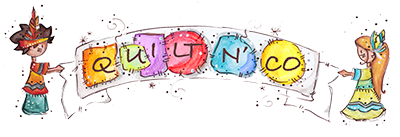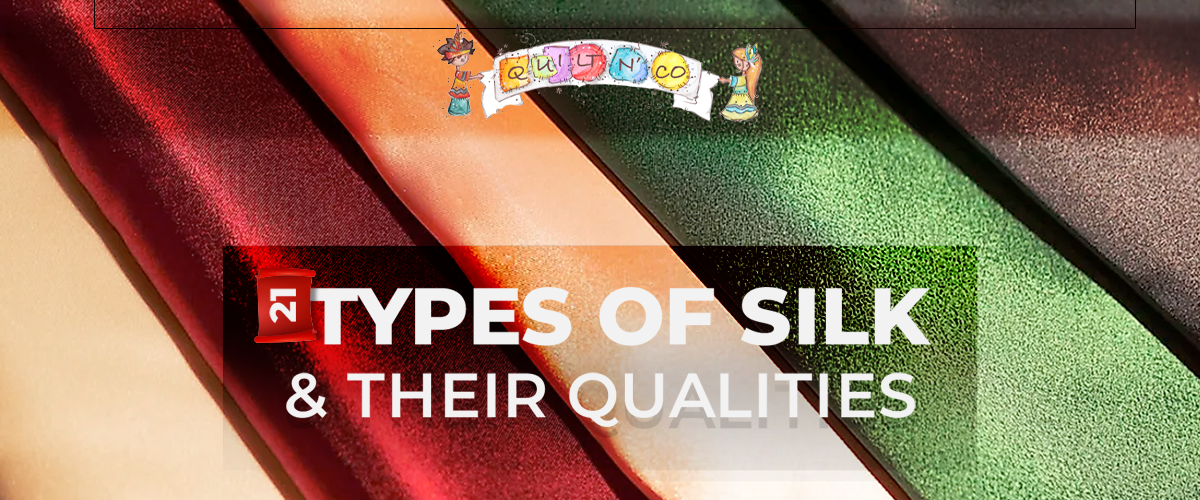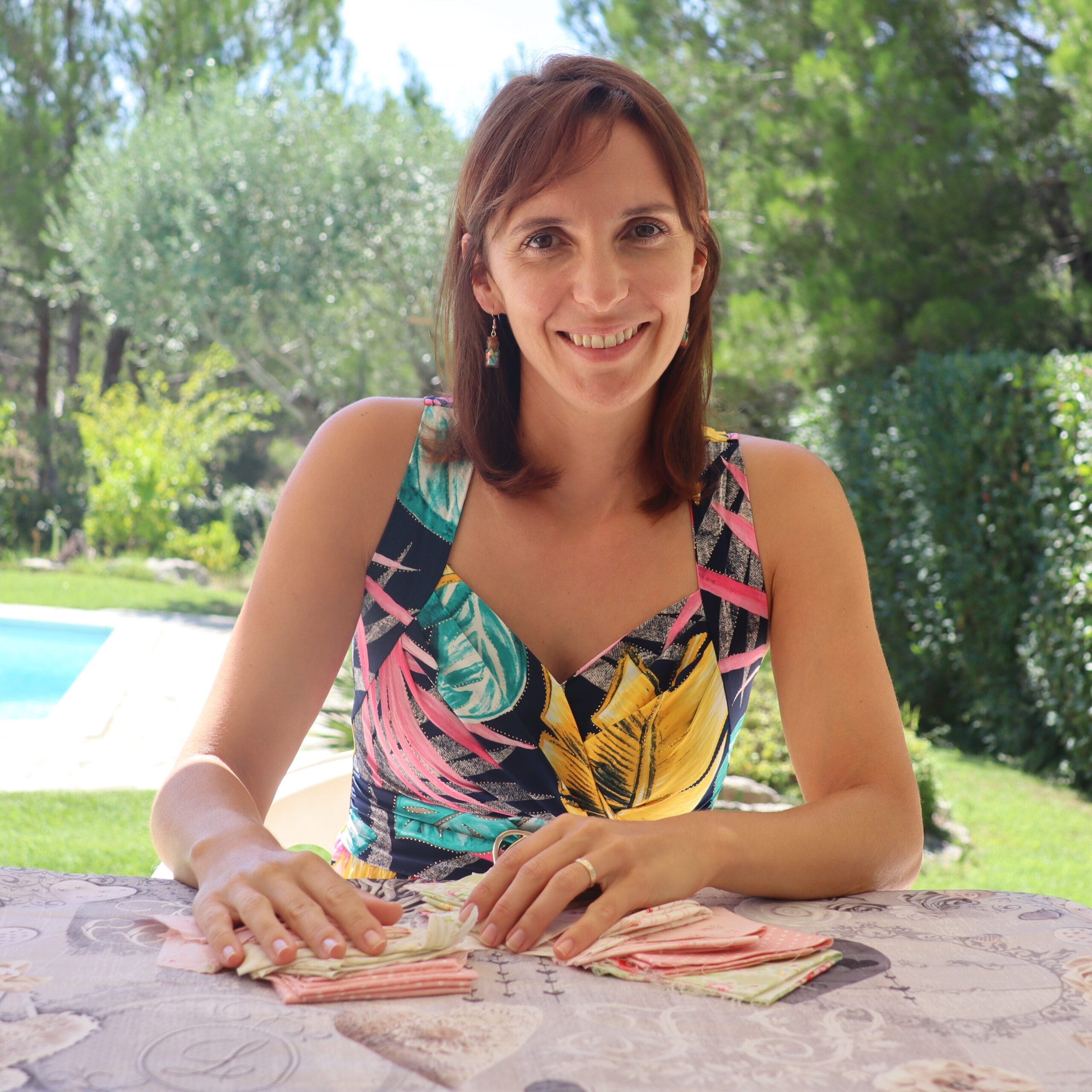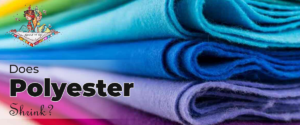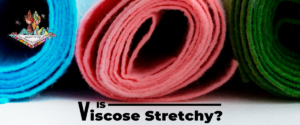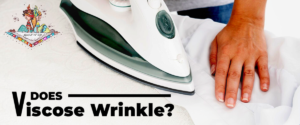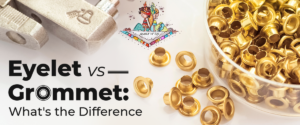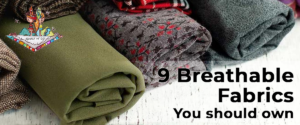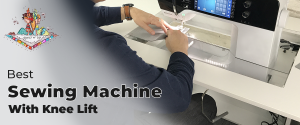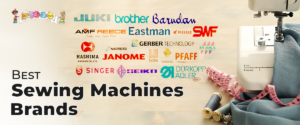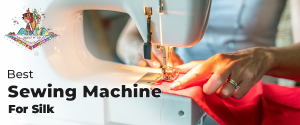Whether you’re looking for a new piece of clothing or fabric for a new project, choosing silk fabric is no easy task.
Don’t worry; I’ve got your covered.
In this article, I’ll go over 21 different silk blends so you have all the information you need to choose the best silk for your needs.



1. Muga Silk
Muga silk is the most expensive kind of silk. It’s rare and has a beautiful golden tint. Only royalties were allowed to wear this silk in the past.
Mug ages elegantly. It’s the type of fabric that you save for your grandchildren to inherit. Mug silk comes from Muga silkworm found in India. The word “Muga” is an Assamese word for yellowish.
Muga worms grow in Brahmaputra Valley. These worms are fragile. They die when exposed to any pollution or change of environments. The Garo Community feeds the Mug silkworm with aromatic Som and Soalu plants.
Muga silk requires extensive resources. For example, one silk farmer must have at least one acre of land to produce 400 grams of silk. On average, 1,000 silkworms can produce about 125 grams of silk.
Muga silk is sensitive. It needs to be hand washed and ironed dry.
2. Silk Jersey
Silk jersey is one of the most common fabrics used for making t-shirts, blouses, and dresses. This silk is soft to the touch and breathable, perfect for lingerie and outdoor clothes.
Silk Jersey is the most expensive type of Jersey. It’s light and delicate.
3. Silk Linen
Silk Linen is a fabric blend between silk and linen. Silk linen is also known as Silk Matka, meaning rough hand-loomed. The silk provides the linen a shiny finish. But it maintains the breathability of linen. This fabric is versatile and can be part of your home as upholsteries and draperies.
You’ll also see this type of silk in suits, jackets, blazers, skirts, dresses, and trousers. You’ll typically be able to Silk linen if you reverse it and use a protective cloth.
4. Silk Satin
Satin fabric is relatively cheaper than silk. But when blended with silk, the material looks as luxurious.
Satin fabric is excellent for making the outer lining of dresses because it drapes beautifully. They are also a popular choice for dresses and curtains.
5. Silk Wool
This fabric blend is medium weight. Silk wool combines elegance, warmth, and durability in one textile.
The silk and wool mixture gives a smooth touch to wool. It looks beautiful on jackets, suits, pants, and winter accessories. It is also perfect for wedding gowns, lingerie, sportswear, and home decor.
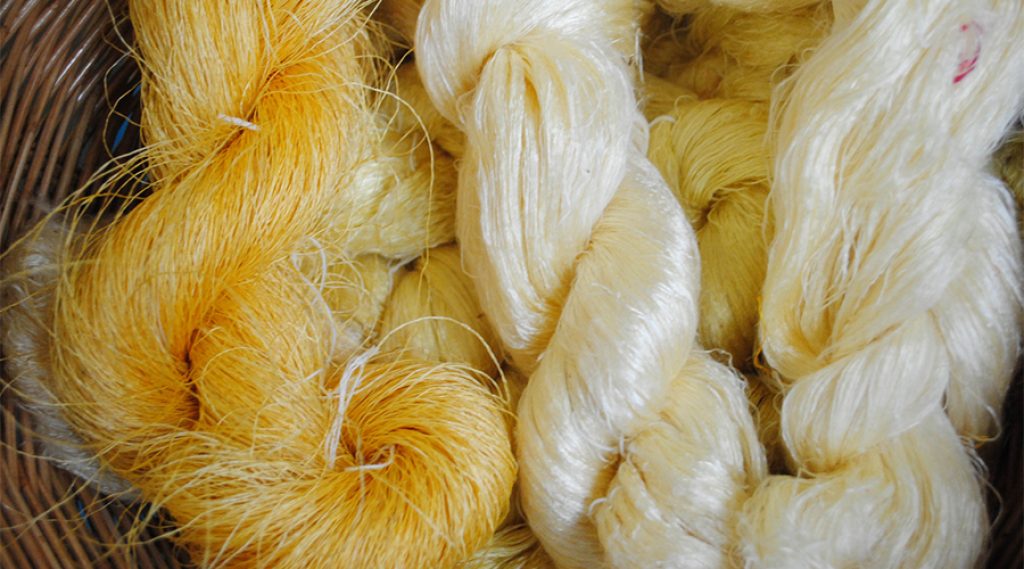
6. Silk Noil Or Raw Silk
Silk noil is made from the leftovers of manufactured silk. While it has a rough texture, Silk noil drapes as beautifully. It’s also smooth in texture, like any silk. It has shorter fibers, which makes it more affordable than traditional silk fabrics.
Silk noil usually comes in many vibrant colors because it’s one of the easiest fabrics to dye. It contains a protein called Sericin, the same protein Sericin in many skincare materials. This protein makes silk noil gentle to the skin.
Unlike most silk, this fabric is easy to work with and care for. You can hand wash, dry clean, or gently machine wash this fabric.
7. Mulberry Silk
Mulberry silk is probably the highest quality silk available in the market. It originated in China when local farmers planted mulberry trees and fed them to domesticated silkworms called Bombyx more. This silk is pure white with long fiber threads, and this particular type makes up about 80% of the world’s silk production.
Mulberry silks reduce the possibility of skin allergies. This feature is also the reason why Mulberry silks are ideal for making beddings.
8. Tassar Silk
Tassar silk is produced using the larvae of several species of Tassar silkworms. These silkworms live in Jamun or the Oak in South Asia.
It is produced mainly in countries like China, India, Japan, and Sri Lanka. It’s the second most widely produced silk next to Mulberry.
Similar to mulberry it has a natural deep gold color. In contrast, it’s more textured but less durable because of its shorter fibers.
9. Eri Silk
Eri silk came from a domesticated silkworm called Samia Ricini found in India. Its name is from the Assamese word “Era,” which means Castor. Castor is also the same type of plant that surrounds the silkworms for a long time during Sericulture.
Samia ricini worms produce white silk, often referred to as the “fabric of peace.” The process is non-violent because the extracting of silk strictly refrains from killing the silkworm.
That is why Eri Silk is the favorite choice for Buddhists and Vegans. Contrary to being poor, this silk gets softer over time. It’s a long-lasting, durable cotton that blends well with wool and cotton.
Eri Fiber has an off-white thread, and most of the time, they prefer to make garments with this natural color. You can also pair minimal Gold or copper jewelry when you wear an Eri Fiber piece. Eri Silk has shorter threads, which makes it flimsy fabric.
You also can’t soak this fabric in water. You must dry clean it and avoid storing it in plastic because it will lessen the silk’s lustrous shine.
10. Chiffon Silk
Chiffon weave resembles a fine mesh net that gives the silk its see-through appearance. It’s also preferably used for women’s garments because the fabric is lightweight, delicate, and usually woven by hand.
The semi-transparent appearance is fitting for fabric overlays. This elegant sheer fabric gives nightgowns or evening wear a delicate drape and floating appearance. This fabric is also ideal for making blouses, scarves, ribbons, and a lot more.
This fabric takes a long time to produce even when you use a machine because it requires extreme care for the material not to be damaged.
You can also blend Chiffon with other fabric types like polyester, rayon, nylon, and silk. The Chiffon Silk blend is the most expensive type of textile blend for Chiffon. Like most silk fabrics, chiffon has a slippery texture; it makes it hard for sewers to manipulate the material.
11. Charmeuse Silk
Charmeuse is another type of what they call “conventional silk.” Charmeuse is the term used to describe the specific weaving method that creates the fabric.
It consists of two sides, one with a shiny satin finish and another with a dull matte crepe. This silk can be perfect for pillowcases and duvets where you can hide the flat matte side.
Charmeuse is a lightweight and more comfortable fabric that is woven using a satin weave. This technique means that three or more threads pass through one thread giving the material a smoother finish.
This fabric is now becoming popular for garments with more fluid and bias cuts. It’s now used for creating men’s apparel like ties, the lining of jackets, and even boxer shorts.
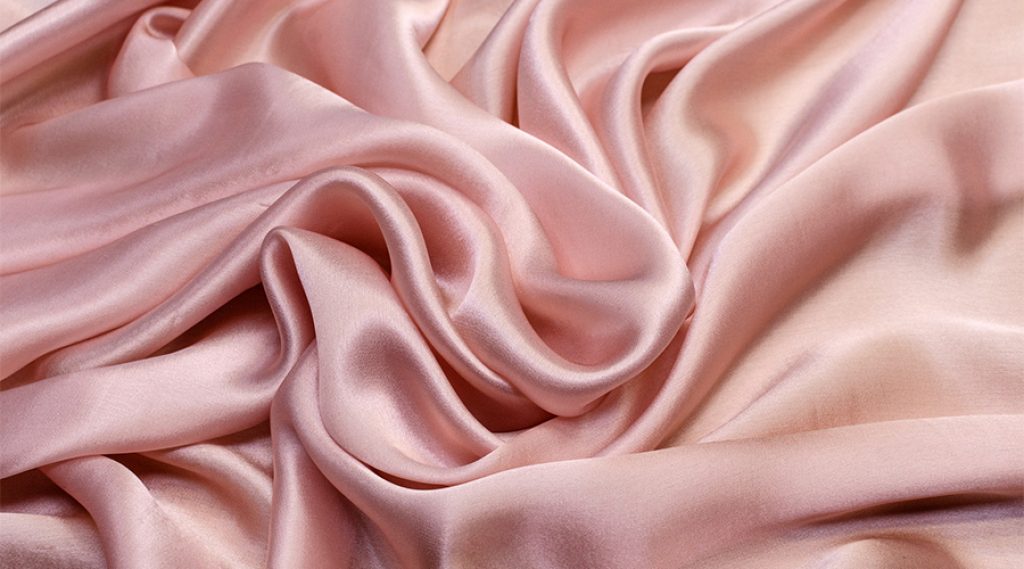
12. Crêpe-De-Chine Silk
Crepe de chine or Crepe of China, is a lightweight cloth made from highly twisted yarns. Back in the middle ages, it’s a delicate material not meant for commoners but only limited to Chinese royalty.
Like most crepe fabrics, this has a beautiful drape and smooth to touch texture. Unfortunately, it doesn’t have a glossy luster and is more inclined to its grainy texture.
This silk is wrinkle-resistant, making it the dream silk for slacks, suits, and evening gowns. You don’t have to worry about dancing with a type of fabric like this. It’s breathable, and perfect for any warm occasion.
Additionally, because it’s a hardly spun fabric, it is exceptionally durable. Silk crepe de chine is more comfortable to sew because it doesn’t overly fray and receives a thread well more than any other silks.
13. Devoré Velvet
Devoré Velvet or burn out is the resulting fabric from the technique called Devoré. The process involves combining silk and cellulose-based fabrics such as cotton or rayon.
Then, weavers use a chemical gel to dissolve the cellulose-based material, thus leaving a burn out pattern. The chemical gel can be applied either by hand or printing.
If you want to create your design, keep in mind not to make the details too small, the gel will be applied by hand paint or via a tube or through printing, and making the details too close might damage the whole design.
If you are planning on making a complete burn out design, you will be applying it on the back of the fabric to make a reverse stencil to guide the gel.
14. Dupioni Silk
Dupioni silk or Silk Douppioni means “double.” It is plain-woven with one fine thread on the warp and two or more uneven silk threads reeled on the weft. Because of the intricate weaving process, it’s only natural for Silk Douppioni fabrics to have an uneven texture.
This technique also gives it a multi-color effect on the material, similar to shot silk taffeta. Its lustrous, sheen finish and vibrant colors are best for formal wears, bridal gowns, and prom dresses.
Varanasi in India is one of the top producers of this Dupion for generations. They are the primary producers of Dupioni fabric so much that they can supply most of their weddings.
Some also use Dupion on upholstery and curtains. They only add a lining to this silk to avoid damaging it with exposure to the sun.
15. Habotai Silk
This silk fabric originated in Japan, but it is now more widely produced abroad, especially in China. The term habotai means feather two-layer is the most straightforward plain weave fabric.
Japanese weavers use Habotais for making traditional silk kimonos. This lightweight fabric doesn’t wrinkle easily. It has a sheer and ivory-colored thread ideal for summer wear, blouses, and scarves.
16. Georgette Silk
Georgette de la Plante, a French fashion dressmaker from the 20th century, is the inspiration for this fabric. This silk is durable because it’s made with highly twisted yarns.
Georgette is quite similar to chiffon fabric only that it is more potent, not too transparent, and more affordable. It is probably the most frequently used silk fabric of all. You should be careful about sewing this kind of fabric because it snags easily.
Like most silk fabrics, it’s highly absorbent, which makes it produce solid colors. This silk is dust-resistant and hypoallergenic.
Georgette is more stable than chiffon fabrics, and aside from sewing it, you can embroider this material. Pure georgette is exceptionally delicate, but it can withstand damage more if matched with other synthetic fabrics.
In caring for this fabric, you should only hand wash it with cold water, apply a gentle detergent, and dry hang. Make sure to keep it in the shade, not too exposed to the sun.
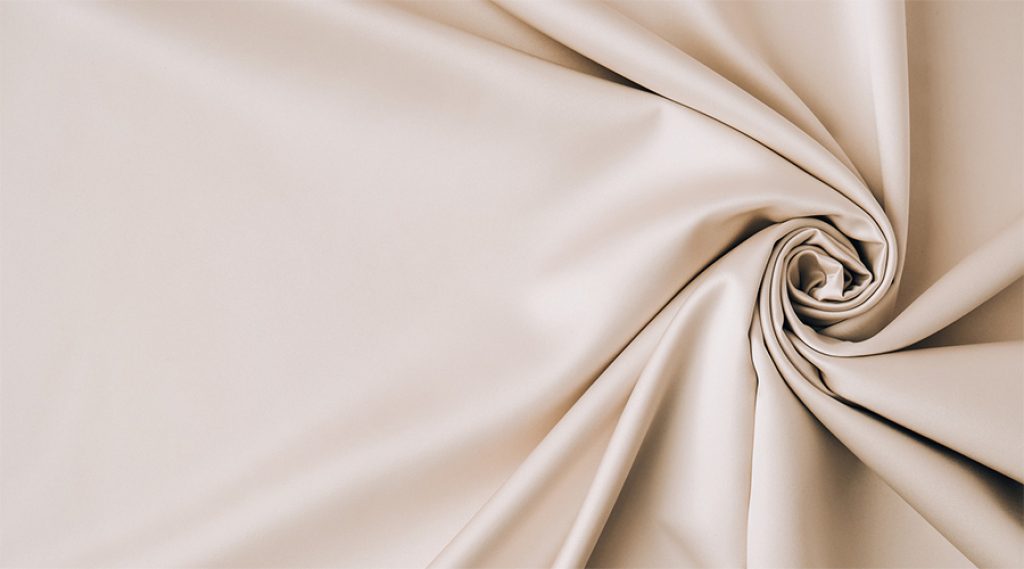
17. Organza Silk
Your tutus are the perfect sample of Organza Silk. It’s stiff and wiry, which is a result of a tedious process. The stiffness of this fabric is one of its significant identities.
In making the organzine yarn, two fibers are twisted to opposite directions and cling together with kinetic force. After twisting the yarns, weavers dip it into acid resulting in a stiffer thread.
This yarn is handwoven, a luxurious type of fabric that is costly per bolt. It was expensive to make a whole dress with Organza silk, and over time, weavers matched with synthetic fibers and lowered its price.
It’s a rugged fabric to manipulate. Hems and seams may likely appear on the outside of the material. Mainly, this fabric is ideal for garments with ruffles and intricate folds.
Although this fabric is quite costly, some still choose this for wedding dresses, nightwear, and home decors for its striking appearance and shiny finish.
18. Shantung Silk
Shantung is a plain weave fabric from Shandong, China. Unlike most silk fabrics, Shantung is easy to sew. This fabric is from Tassar silk, a yarn produced from silkworms that fed on Oak and Juniper trees.
Since these are natural and not domesticated silkworms, the length of the fibers may vary. This silk is imperfect for its natural crisp textured appearance. The unusual texture makes it ideal for home decorations and your quilting projects.
Its irregularities will also give you a unique and original feel with each piece of garment. Shantung is often mistaken for Dupioni fabric. However, Shantung has fewer slubs and is smoother than dupioni. It’s an artificial fiber, a lot warmer than silk but has a more affordable price.
19. Silk Cotton Mix
This fabric blend is probably one of the most suitable combinations for silk fabric. It’s a lot cheaper than pure silk, and it still has a silky texture.
The fabric is elastic and durable, able to endure gentle machine washing in cold water. It’s also why blended silk fabrics have continuous manufacturing because using pure sick is more costly.
Weavers produce blended silk fabrics from waste raw silk. It undergoes a couple of machine processes like degumming, opening, filling, combing, carding, drawing, roving, and spinning.
Cotton fabrics are known to have a comfortable product; hence, joining it with silk, you’ll have the comfortable characteristics of cotton and the striking aesthetic effect of silk as a result.
20. Taffeta Silk
Iconic designers like Chanel and Christian Dior prefer using Taffeta Silk. It’s a fabric commonly used by high-end apparel.
Taffeta earned its name from the Persian word taffeta, which means “twisted woven.” The fabric is made either from twisting yarns of silk or synthetic materials like Polyester and Rayon.
Although taffeta is produced widely across different countries globally, you will still find the most prominent version of taffeta fabric in France, Italy, Russia, and the United Kingdom.
It has a reversible rib crosswise pattern with a beautiful sheen. It often has a rustling sound when you touch it, one of its distinguishing traits. It’s challenging to alter and sew a taffeta fabric, as mistaken stitches will result in holes in the material.
This fabric is also prone to wrinkles and requires more maintenance. Unlike most satin fabrics, taffeta is not breathable. It is perfect for making tight-fitting garments like corsets.
You can also find lampshades and other home decors with taffeta fabric.
21. Sea Silk
It is one of the rarest silk and hard to acquire fabrics. The only process to extract Sea silk is through harvesting a filament or byssus secreted by pen shells.
Byssus is the filament used by these shells to attach themselves to the sea bed. This silk is only available on large bivalves living in Mediterranean waters.
Weavers spin the filaments or byssus and treat it with lemon juice to produce the golden-colored thread.
Conclusion
Choosing the right silk for your project is no easy task. You might want to use 100% silk for its elegance or a cotton-silk blend for comfort and affordability.
With this list, you have everything you need to determine which silk is best for you. So get out there, and you’ll never be confused when you’re buying silk fabric.
